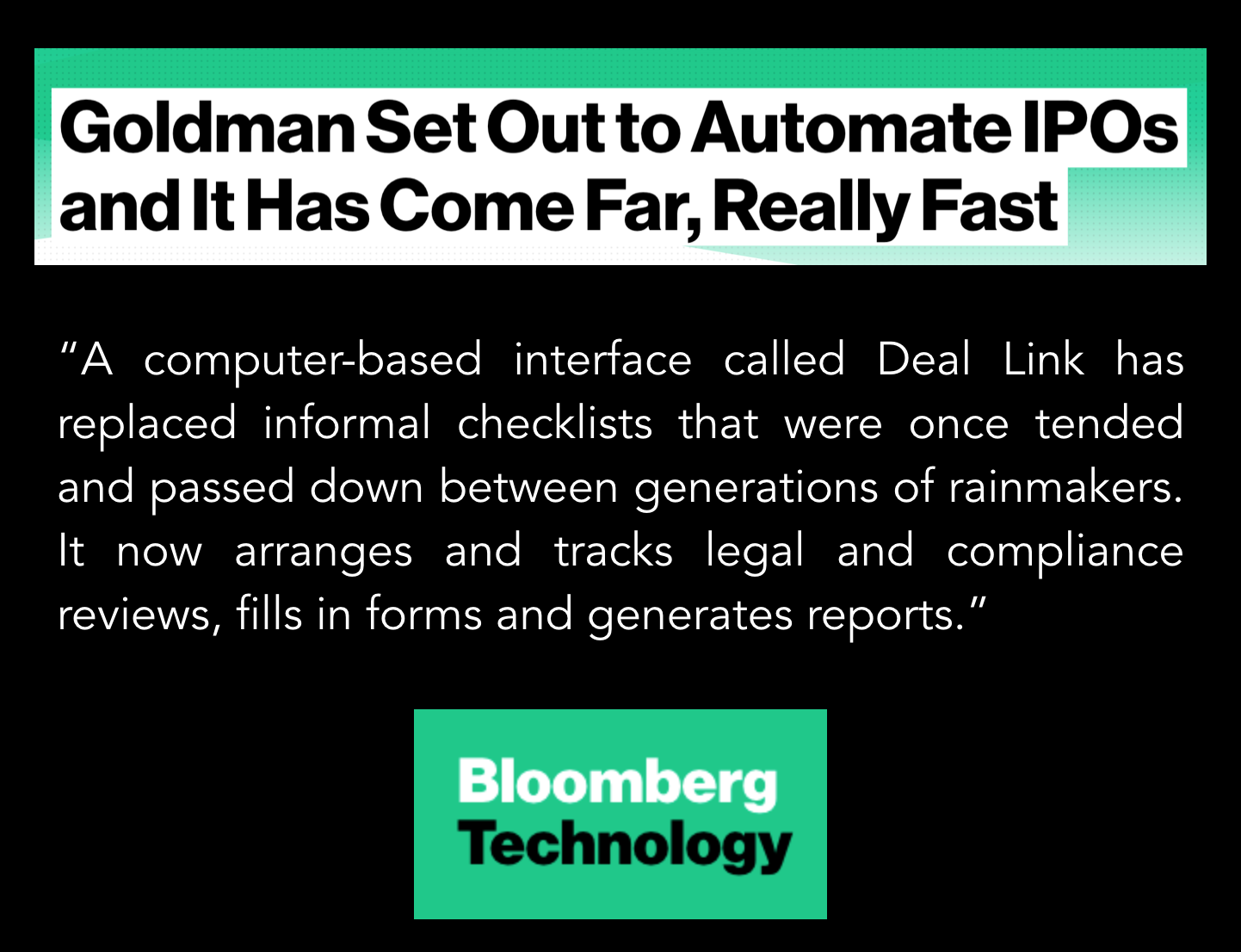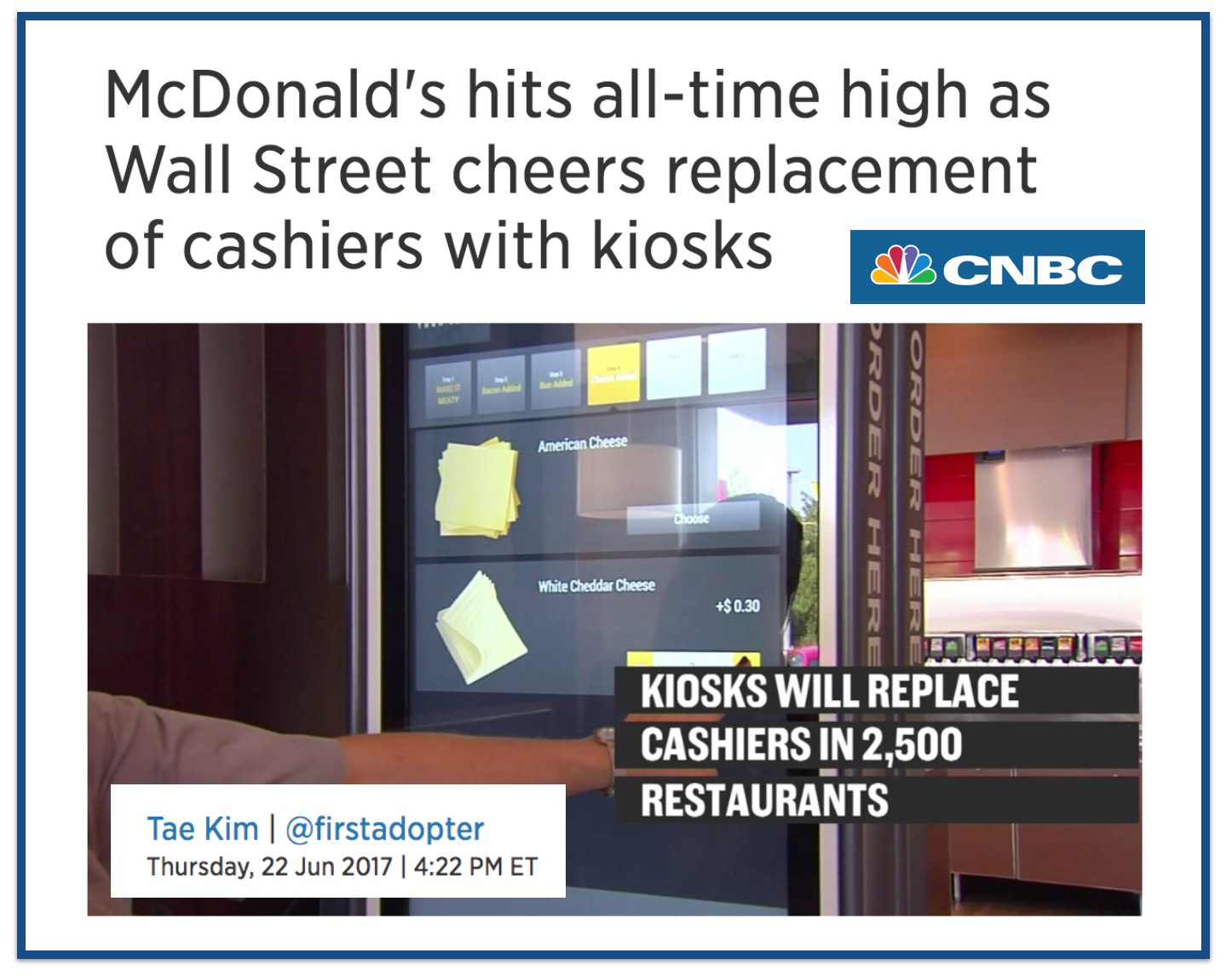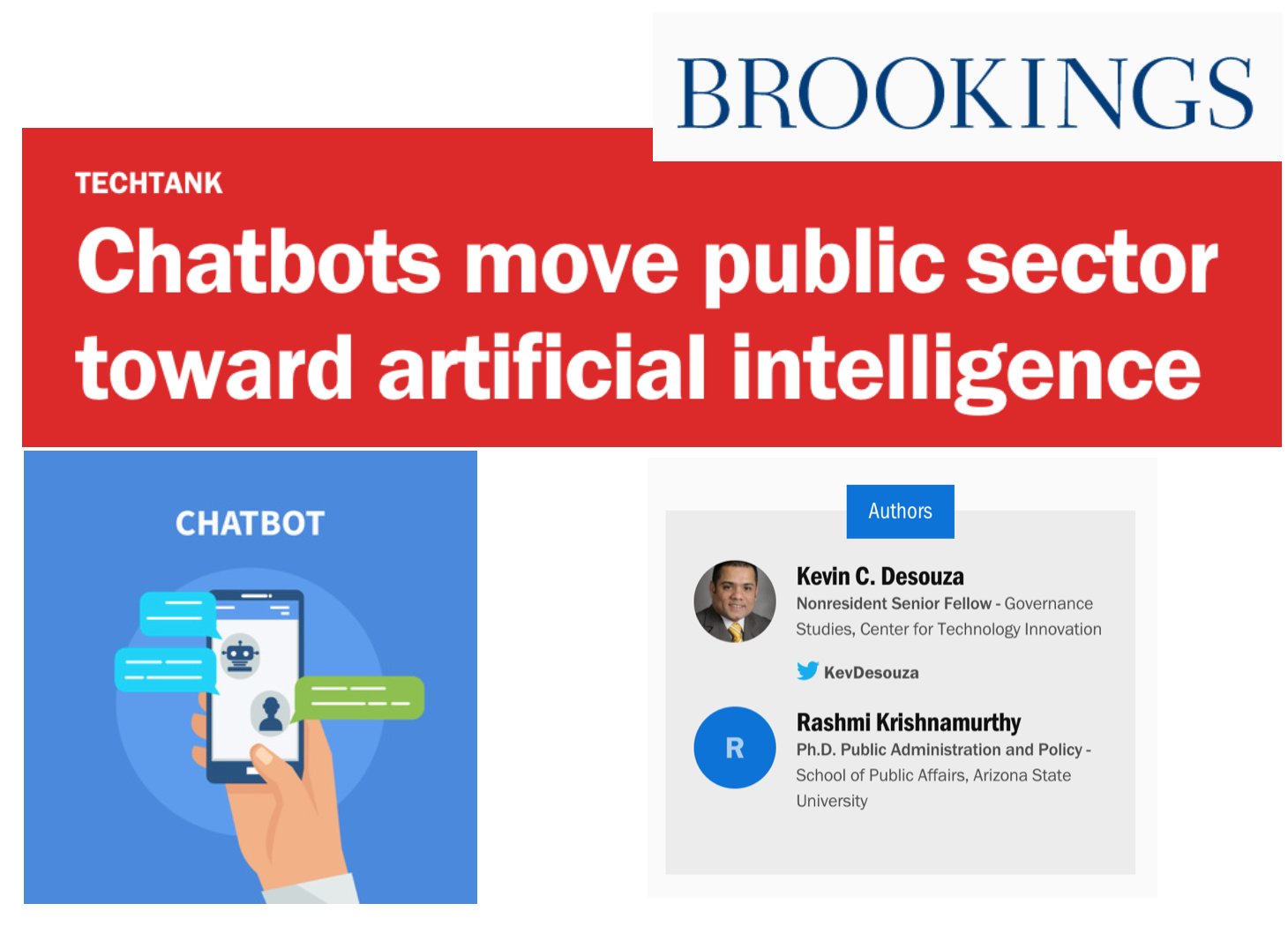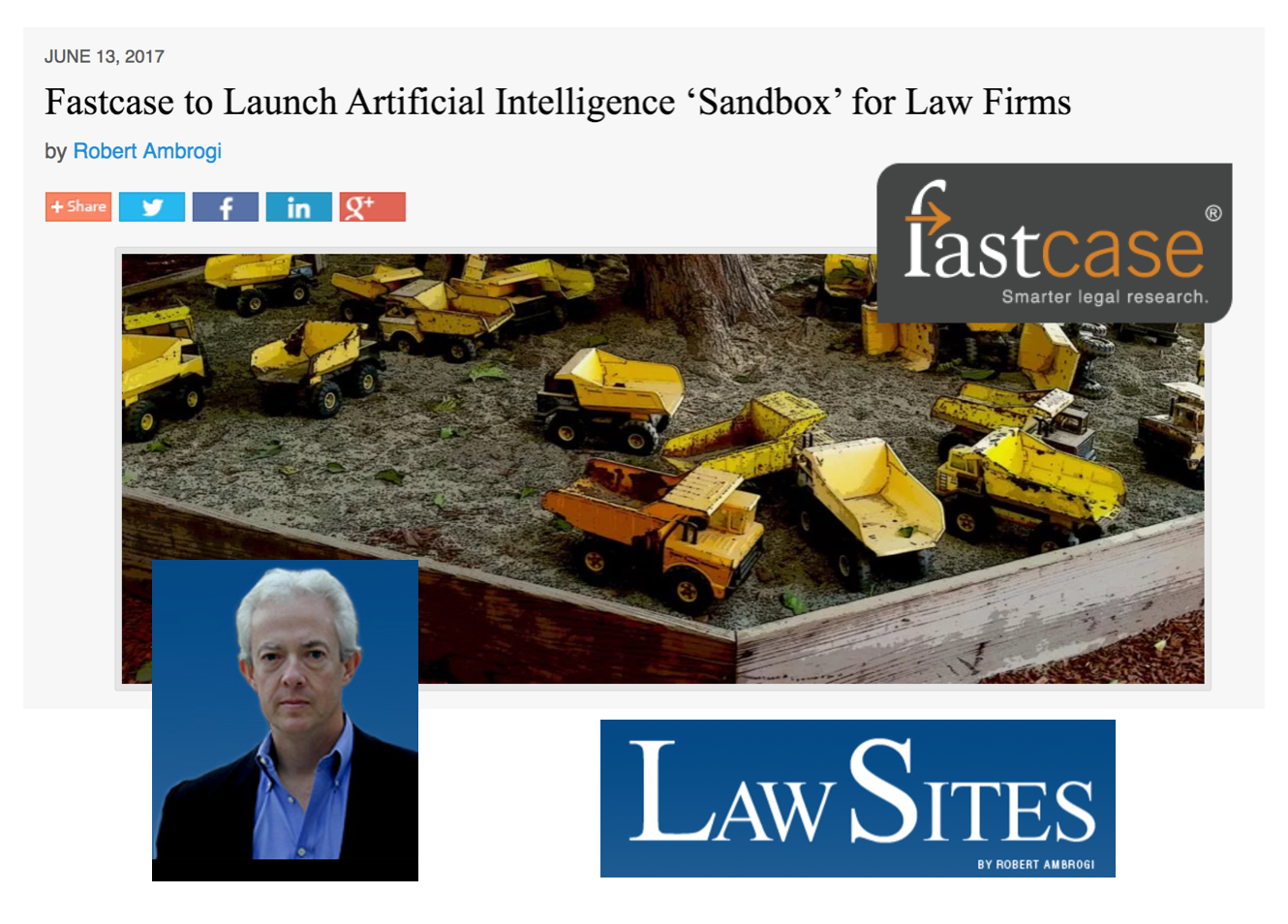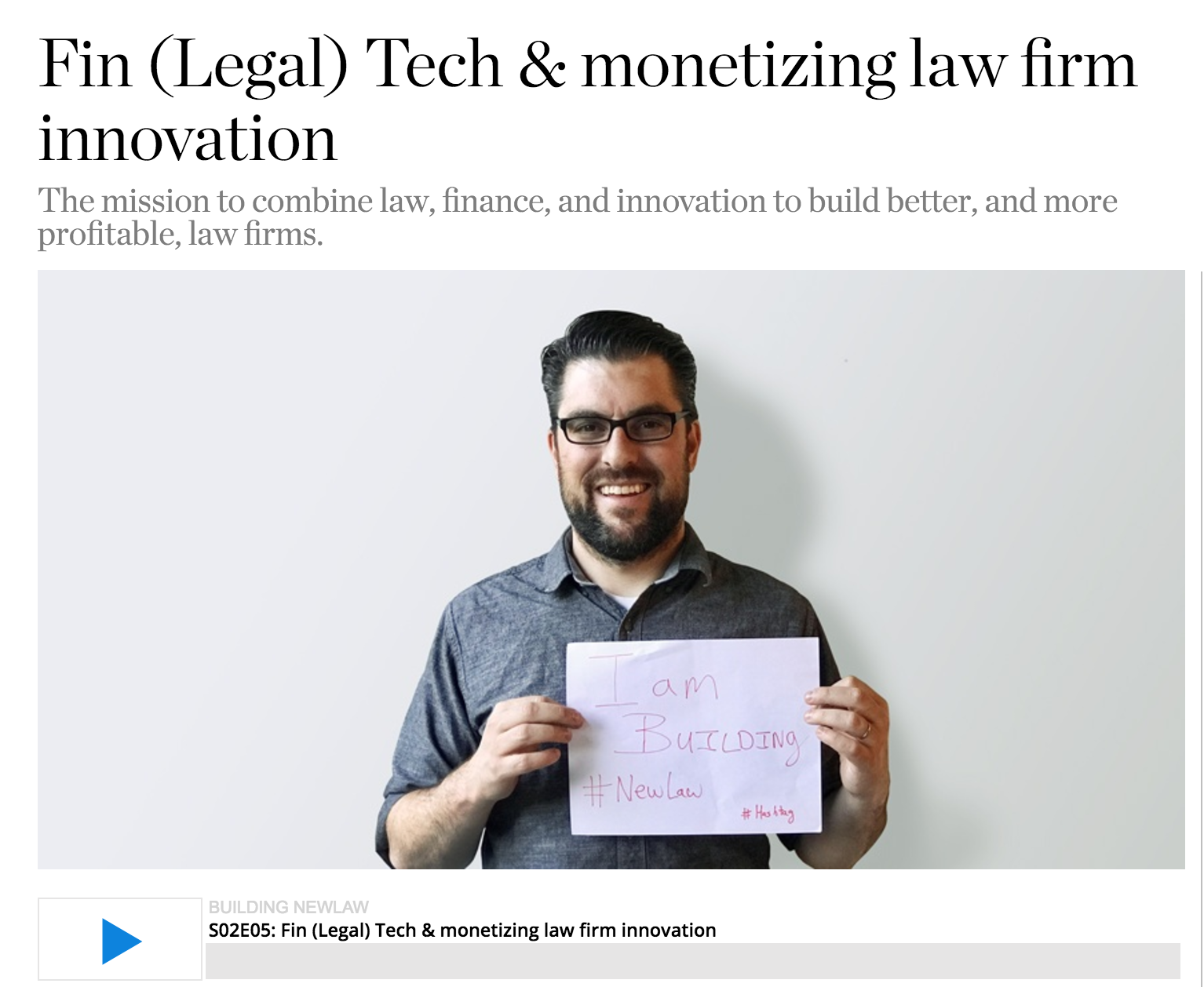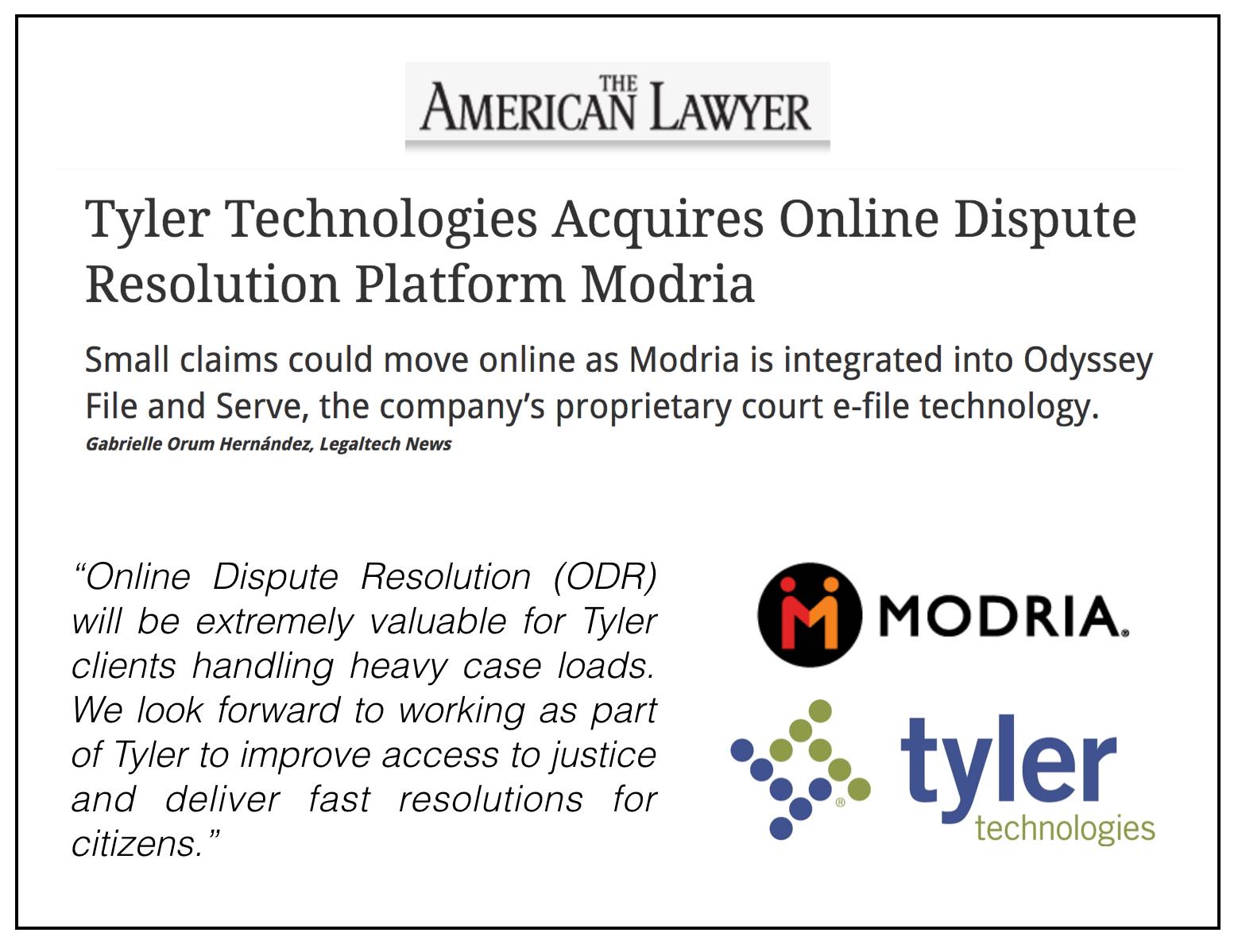Month: June 2017
Goldman Set Out to Automate IPOs and It Has Come Far, Really Fast (via Bloomberg Tech)
From the article – “A computer-based interface called Deal Link has replaced informal checklists that were once tended and passed down between generations of rainmakers. It now arranges and tracks legal and compliance reviews, fills in forms and generates reports.”
Sounds just like law-law land. This is why I teach both legal technology and process improvement to lawyers — because the combo is very potent.
The Theory is Predictive, but is it Complete? An Application to Human Perception of Randomness
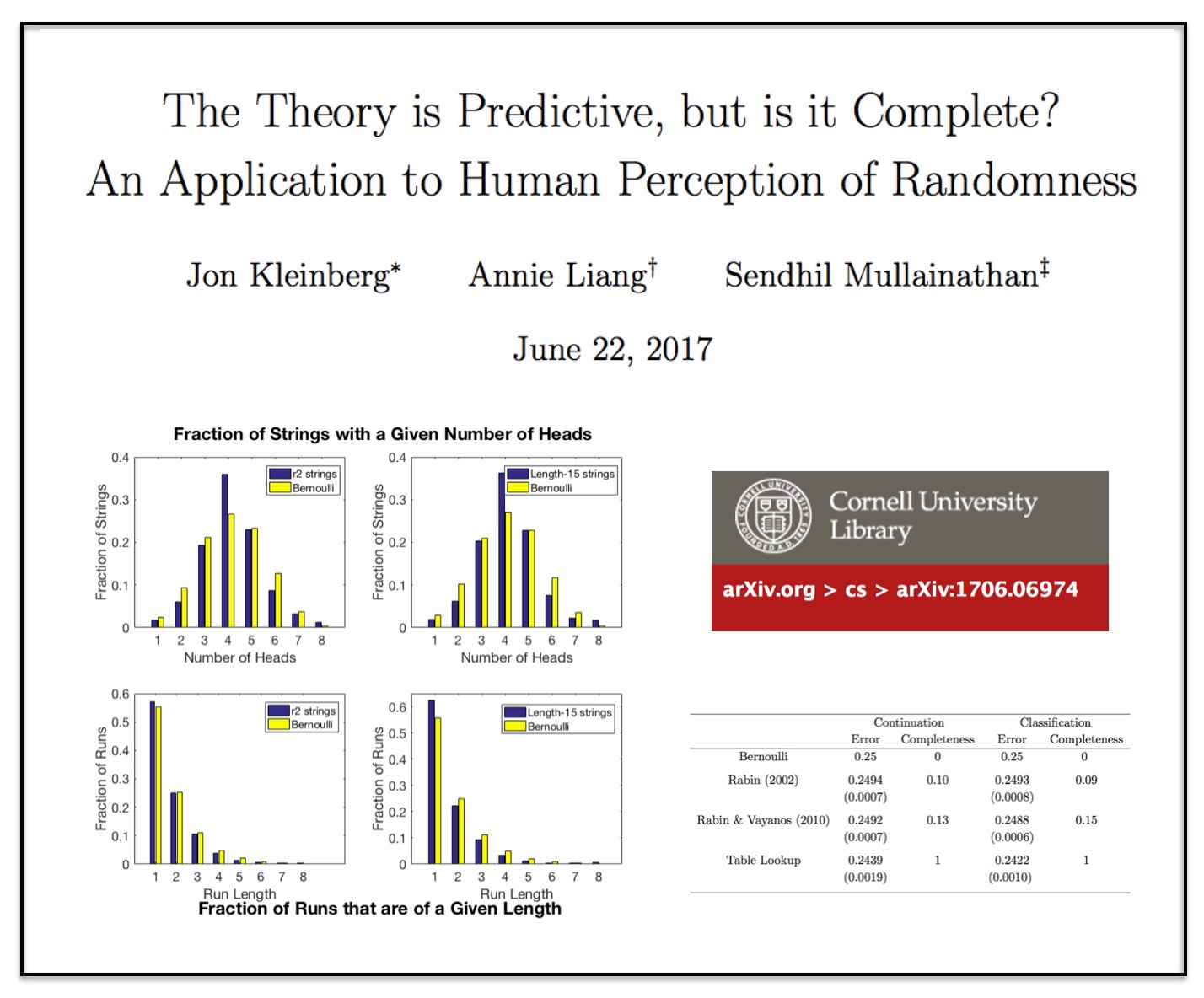 This is a very interesting paper!
This is a very interesting paper!
FT General Report Counsel 2017
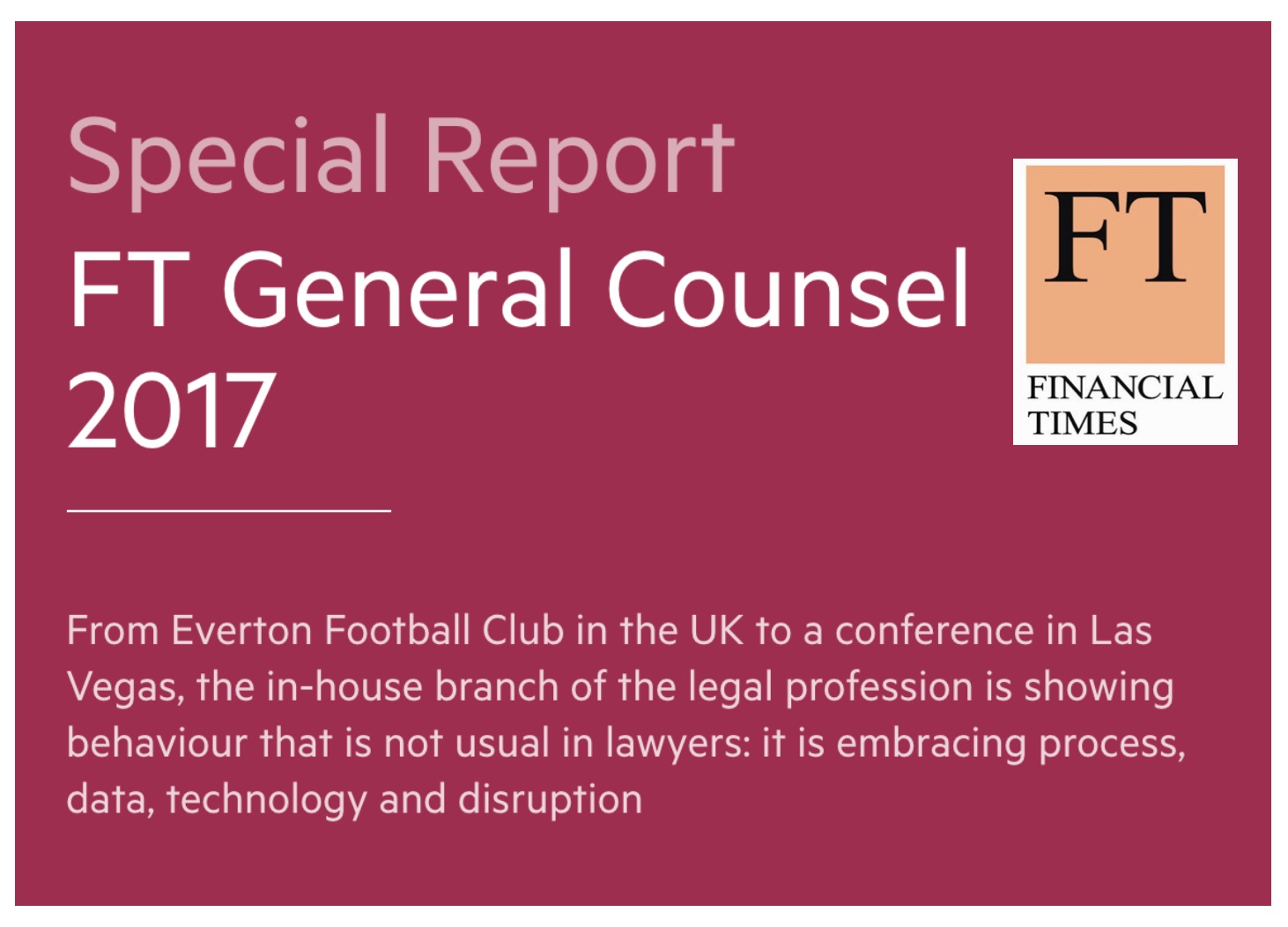
During the closing dinner gala at this week’s FT Innovative Lawyers event in London – the FT released its 2017 General Counsel Report … Click Here to access!
The 2017 Financial Times (FT) Innovative Lawyers Summit – London
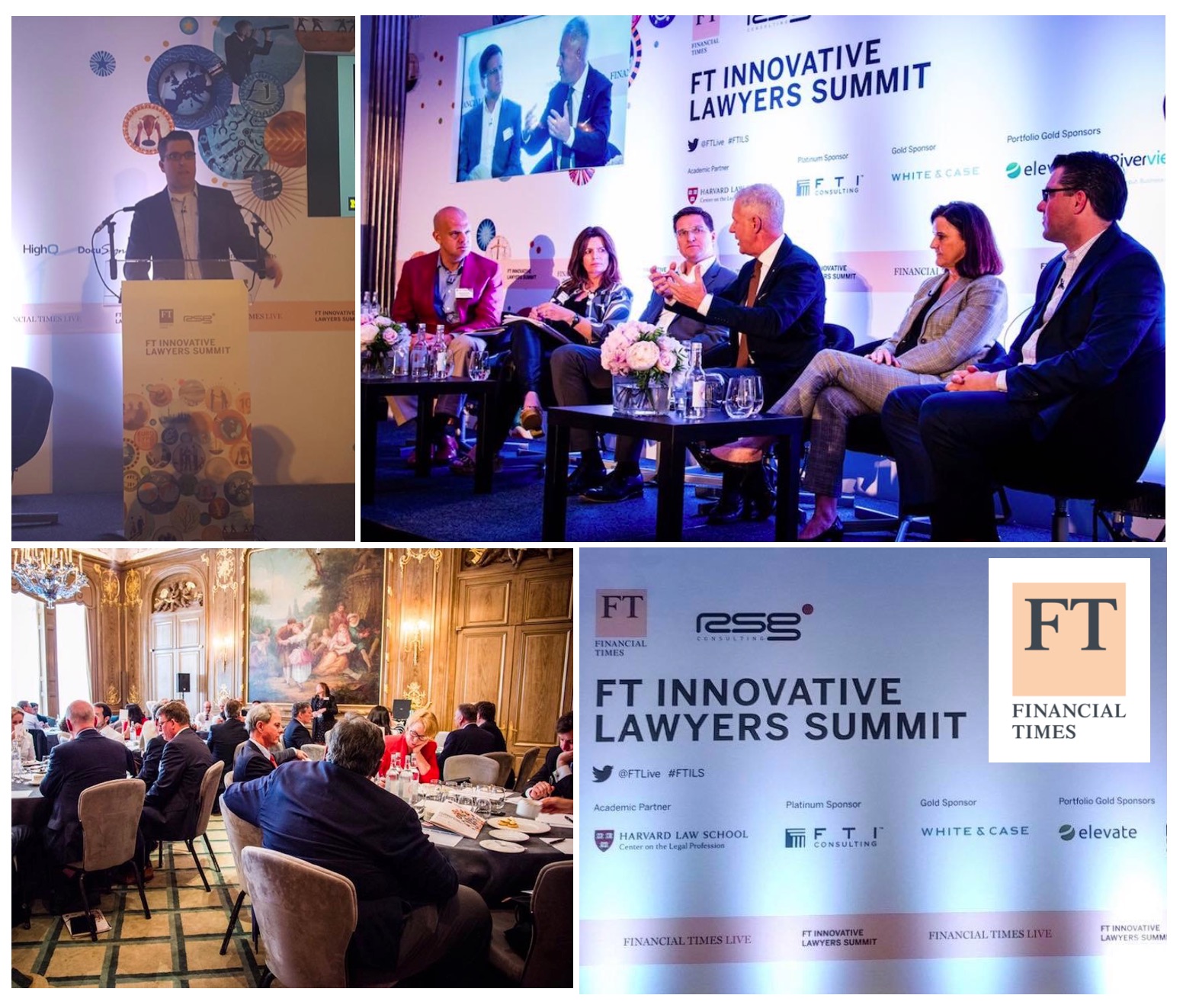
It was my great pleasure to speak at the FT Innovative Lawyers Summit here in London !
Fastcase to Launch Artificial Intelligence ‘Sandbox’ for Law Firms (via Bob Ambrogi – LawSites Blog)
This is an interesting development – click here to access story!
Digital Coins Are So Hot, Startups Are Selling Them Like an IPO (via Bloomberg)
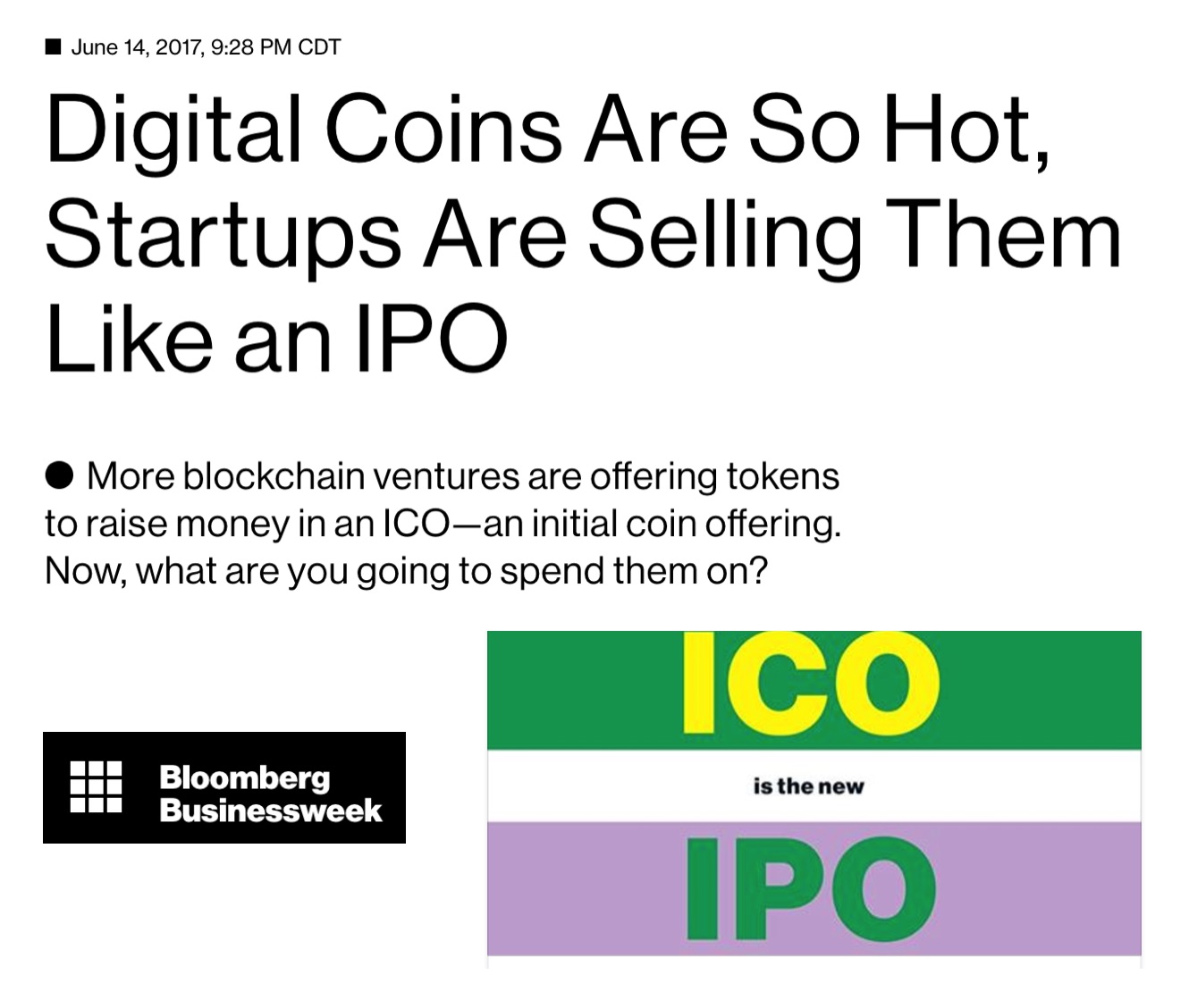
ICO vs IPO … ICO’s are So Hot – “ICOs may seem to fall into a legal gray area, but she says the vast majority of tokens count as securities, and if they are sold to investors in the U.S., they fall under the jurisdiction of the Securities and Exchange Commission … The SEC has yet to wade in, but the hotter the ICO market, the greater the potential for abuse or investor losses that could spur the agency to act. Channing suspects the regulators are waiting for the right case.”
The Development of Structure in the Citation Network of the United States Supreme Court
This is one of our all time best efforts from a scientific perspective (and it is now 7 years old). We did a rehash of it in our recent paper in the March 31, 2017 edition of Science magazine.
What are some of the key takeaway points?
(1) The Supreme Court’s increasing reliance upon its own decisions over the 1800-1830 window.
(2) The important role of maritime/admiralty law in the early years of the Supreme Court’s citation network. At least with respect to the Supreme Court’s citation network, these maritime decisions are the root of the Supreme Court’s jurisprudence.
(3) The increasing centrality of decisions such as Marbury v. Madison, Martin v. Hunter’s Lessee to the overall network.
The Development of Structure in the SCOTUS Citation Network
The visualization offered above is the largest weakly connected component of the citation network of the United States Supreme Court (1800-1829). Each time slice visualizes the aggregate network as of the year in question.
In our paper entitled Distance Measures for Dynamic Citation Networks, we offer some thoughts on the early SCOTUS citation network. In reviewing the visual above note ….“[T]he Court’s early citation practices indicate a general absence of references to its own prior decisions. While the court did invoke well-established legal concepts, those concepts were often originally developed in alternative domains or jurisdictions. At some level, the lack of self-reference and corresponding reliance upon external sources is not terribly surprising. Namely, there often did not exist a set of established Supreme Court precedents for the class of disputes which reached the high court. Thus, it was necessary for the jurisprudence of the United States Supreme Court, seen through the prism of its case-to-case citation network, to transition through a loading phase. During this loading phase, the largest weakly connected component of the graph generally lacked any meaningful clustering. However, this sparsely connected graph would soon give way, and by the early 1820’s, the largest weakly connected component displayed detectable structure.”
We also explore this network in our 2010 paper — Michael Bommarito, Daniel Martin Katz, Jonathan Zelner & James Fowler, Distance Measures for Dynamic Citation Networks 389 Physica A 4201 (2010) < SSRN > < arXiv >
Robert Ambrogi on Harvard’s Statement re Ravel Law’s Acquisition By LexisNexis
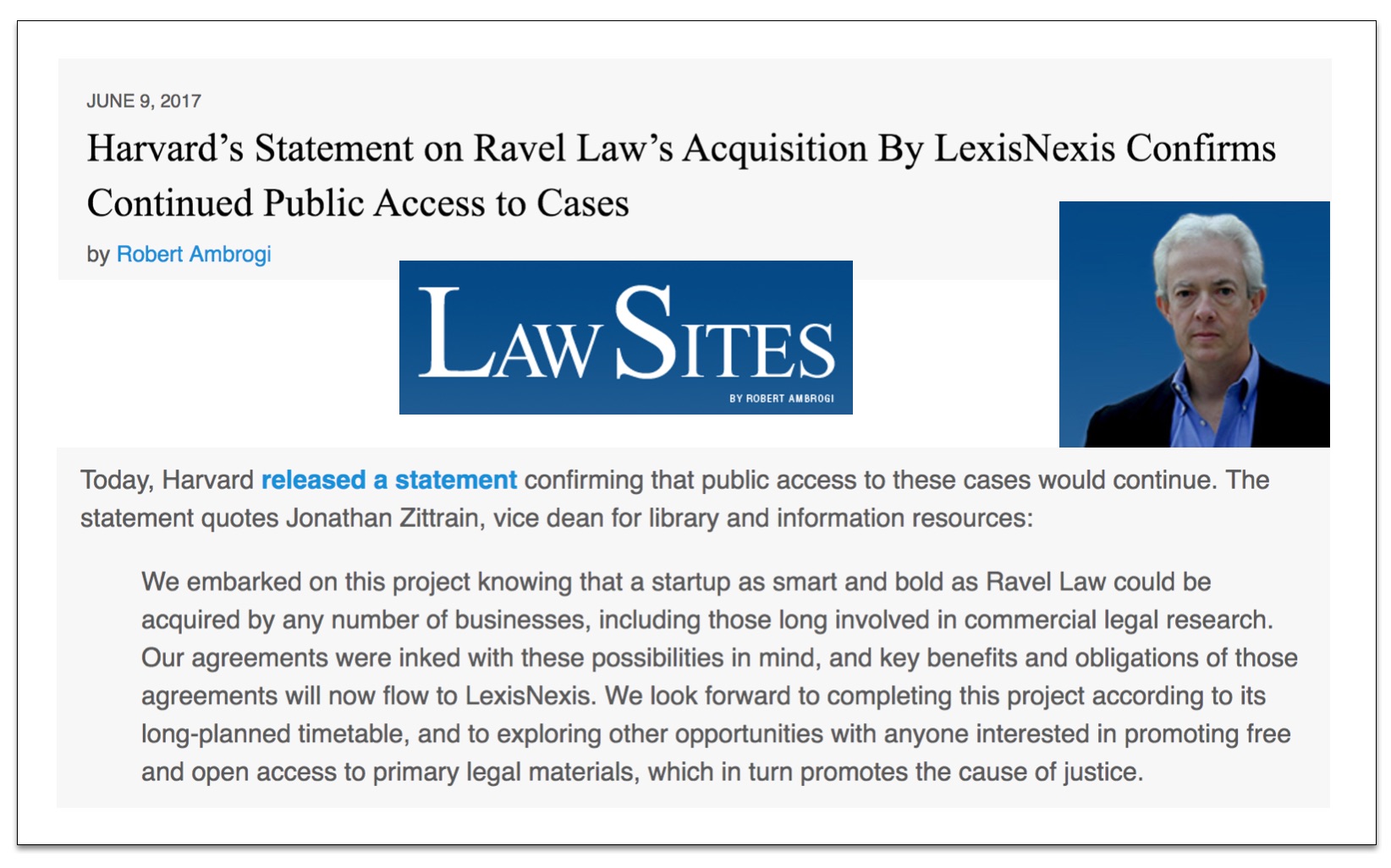 Coverage from Bob Ambrogi here. The Harvard Law statement notwithstanding – I doubt that either Lexis, Harvard Law or Ravel will provide yield the pathbreaking access at scale that was advertised in the original announcement. So I take this is a fairly negative development for this space – but feel free to prove me wrong …
Coverage from Bob Ambrogi here. The Harvard Law statement notwithstanding – I doubt that either Lexis, Harvard Law or Ravel will provide yield the pathbreaking access at scale that was advertised in the original announcement. So I take this is a fairly negative development for this space – but feel free to prove me wrong …


